My father passed away three years ago at the age of 91, and I certainly won’t need Father’s Day this month as a reminder to think about him. My home is filled with things that he made; the ones I value most he whittled from bits of wood.As a young man he carved half models of sailboats he grew up with. To pass the time while he was in boot camp at the Marine Corps base on Parris Island, South Carolina, he whittled figures: a Mohican with a tomahawk, Toad from The Wind in the Willows, a Scotsman in a kilt drawing his sword. When my sisters and I were young he whittled toy boats for us; when we were older and went backpacking he carved spoons and dolphins at camp. My father whittled this man on a stool, with a block of wood in one hand and a knife in the other, from a piece of sugar pine in the 60s.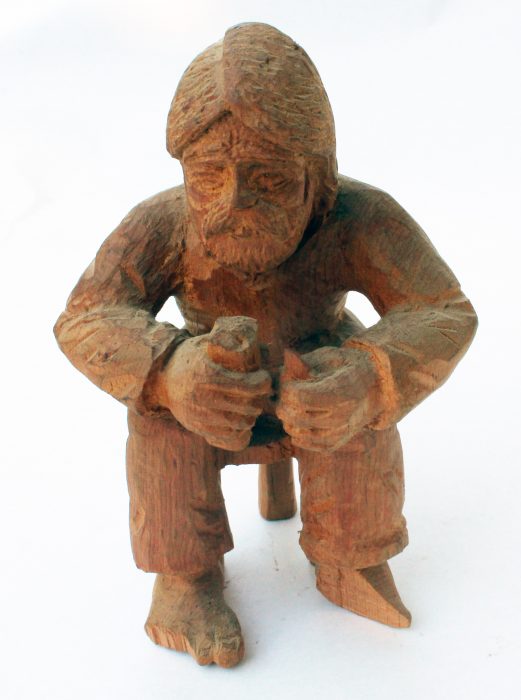
Join The Conversation
We welcome your comments about this article. If you’d like to include a photo or a video with your comment, please email the file or link.
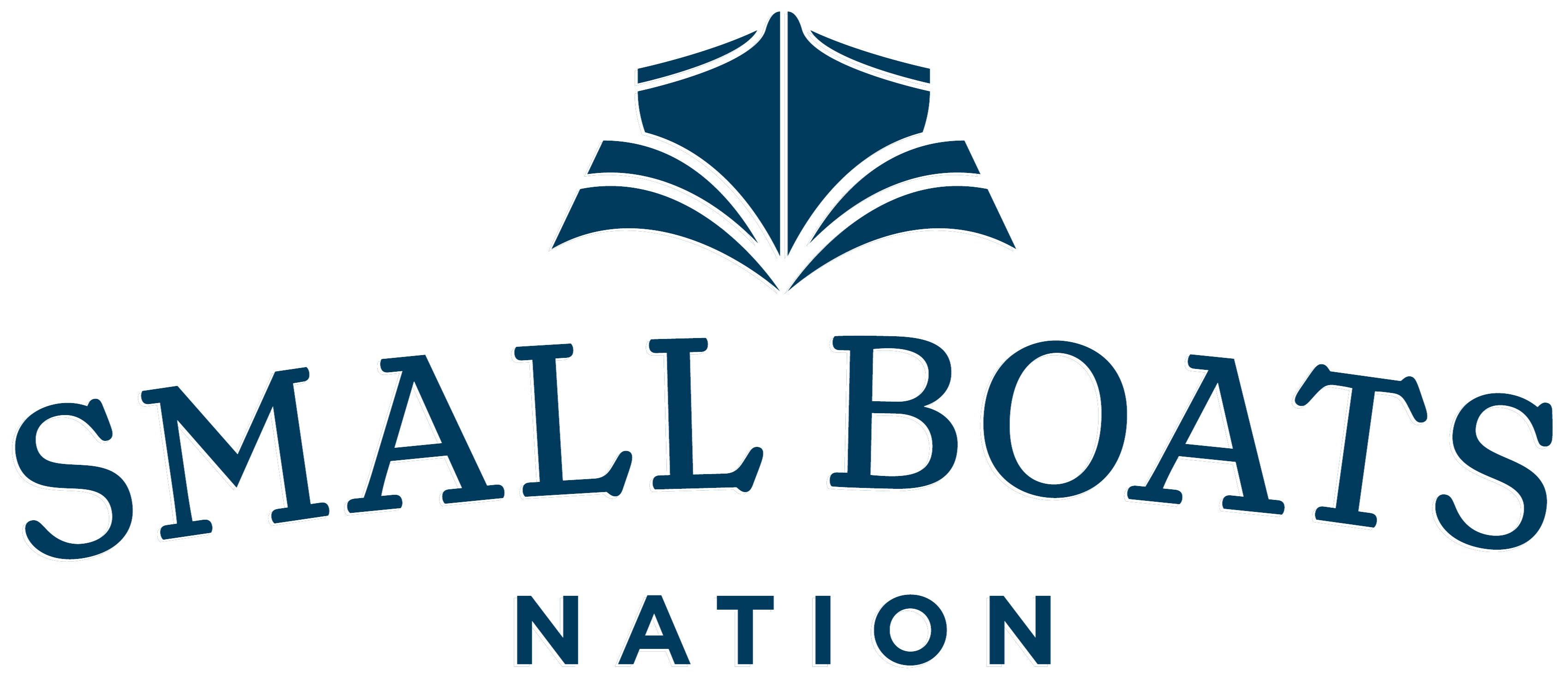
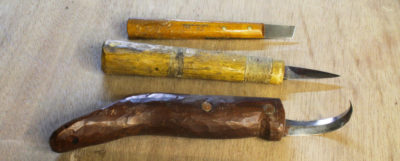
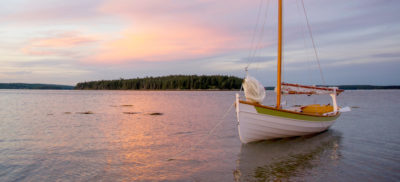
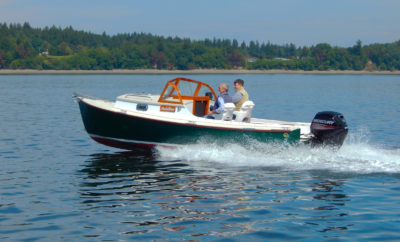
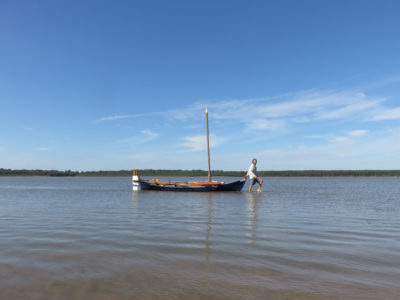
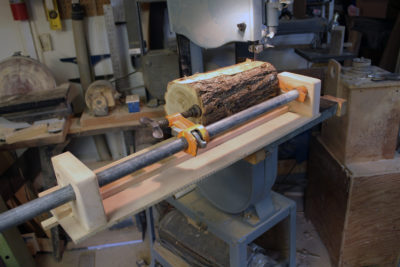
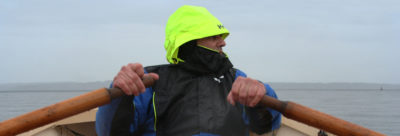
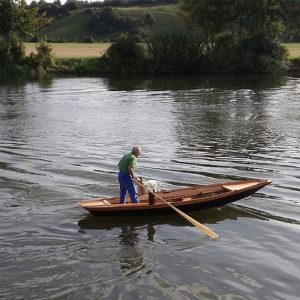
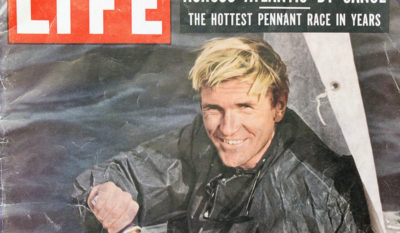
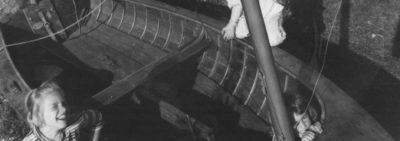

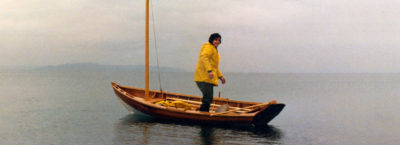
Wonderful recollections and photos! I am curious as to the specific tools (knives, chisels, etc.) used to create these wood carvings. Could you show pictures and perhaps identify their utility for certain carving tasks?
Dad did most of his carving with ordinary two-bladed jack knives. He liked them with antler handles. He would use a knife for years and sharpen it so often that the tip would move up along the back of the blade until it was no longer protected in the handle’s slots. He had a set of 5 1/2″ chisels with rosewood handles and used them only when his knife couldn’t do the job.
I use a wider array of tools. The knife at top is a German chisel-like knife that works well for cutting the angles at keels and lapped strakes. The rest of the knives have blades that I bought from Gregg Blomberg of Kestrel Tools. I used to live on Lopez Island in Washington’s San Juan Islands where Gregg is located and was impressed by the variety of blade shapes and how well the steel holds an edge. I made the handles for all of my Kestrel blades. The straight blade (the one that bit me on Halloween) is a good general-purpose tool. The rest of the blades are double-edged and curved.
The slightly curved blade at the top is good for fairing surfaces. The knife with the curved tip can do very heavy work and some hollowing. The fully curved blade at the bottom is meant for hollowing.
I protect the blades with sheathes. From the top: a wooden sheath, a birchbark and spruce-root sheath that I made from scavenged materials while teaching at WoodenBoat School, a rawhide sheath, and a hinged sheath carved to fit.
Occasionally small planes and spokeshaves are useful. The plane at the top is my father’s old Stanley #100 1/2.
A very nice tribute to your father. I remember scaling a 3″ plastic tugboat into an 8″ wooden tug for my first son for a Christmas present. I also learned about sharp tools the hard way, after a newly sharpened gouge skidded off the cabin face and buried in itself in the palm of my hand. Made quite a gusher.
My next project was a wooden ball in a wooden box with open sides, copying one my father did when I was a child. His was better. Thanks for the memories.
Hey Chris, very enjoyable! I’ll bet some readers are sharpening their knives. What a nice indirect portrait of your dad. Well done.
I feel my Dad’s hand guiding mine when I teach a grandchild how to tie a bowline, cinch some stock in the vice, or wrap sandpaper around a block. Mostly I remember being a trusted apprentice at 6 to 10 years old, helping him build the house where I grew up. I agree, we don’t need Fathers’ Day to light up those memories.
Brilliant insight as to how knowledge is passed from father to son. What a wonderful person to pass this to his son.
Thank you for this tribute! My tools and knowledge are also from being my father’s apprentice or light holder under a hull on a cold winters day. Every wooden craft I refinish or restore I always say, he is with me, helping finish with the help of his tools left behind.
It is such a privilege to read this. I love wooden boats, the closest I have come is assembling balsa wood kits with motors. Over two summers I also helped a group of children assemble their own boats. It remains one of my cherished memories. I come from a city that was highly regarded for its knives. Alas, most of it is gone.
New Delhi, India